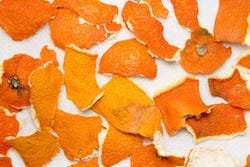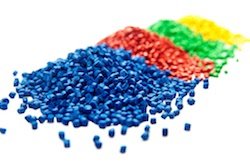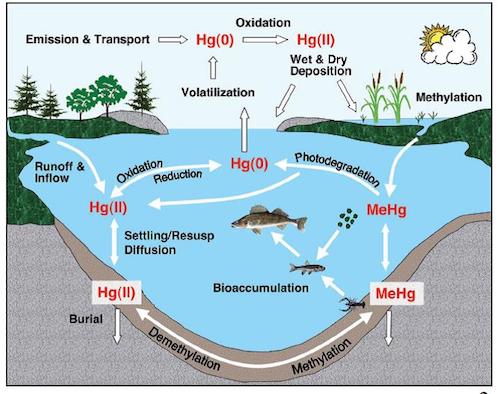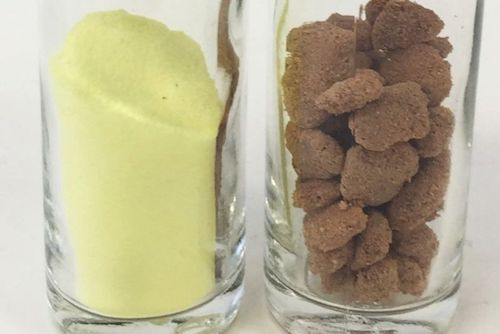SESSION 5
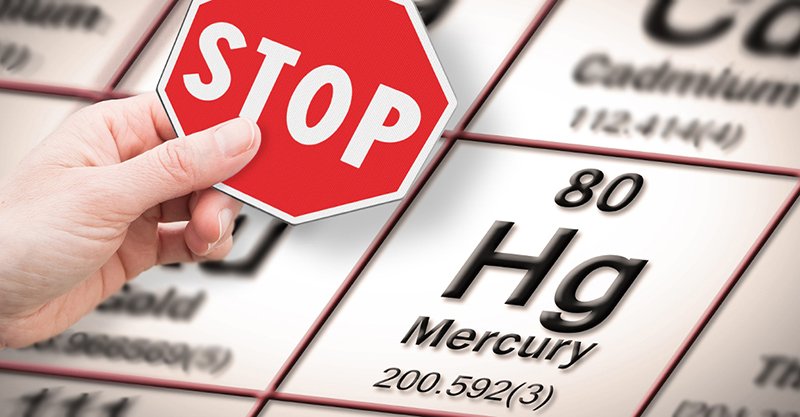
Image from childrenshealthdefence.org.
INTRODUCTION
The following text contains a good number of technical terms that may not be easy to read/pronounce at first sight. Practise your pronunciation in this section by clicking on each term before reading the text.
| Technical term | Technical term | Technical term | Technical term |
|---|---|---|---|
| mercury pollution | insidious | environment | colleagues |
| unveiled | scrub | neurotoxin | developing fetuses |
| developmental delays | unborn babies | primary pathway | through |
| animals' tissues | waste products | sustainably | sulphur limonene polysulphide |
| polymer | molecule | hydrogen | petroleum |
| lying around | chemical merger | byproducts | suitable |
| preliminary studies | ecosystem | groundwater and soil | engineers |
PART ONE: READING
New Material From Orange Peel Can Clean Up Mercury Pollution
NOTE: hover over words in blue for additional information
STRUCTURE
Listening
- Listen to these difficult chemistry terms and learn how to pronounce them
Reading
- New Material From Orange Peel Can Clean Up Mercury Pollution
Watching
- New material from orange peel could solve mercury pollution
Exercises
- Vocabulary
- True/False
LANDMARK

SUGGESTIONS
Improve your English speaking, listening and writing with Duolingo, a free, fun-to-use app.

